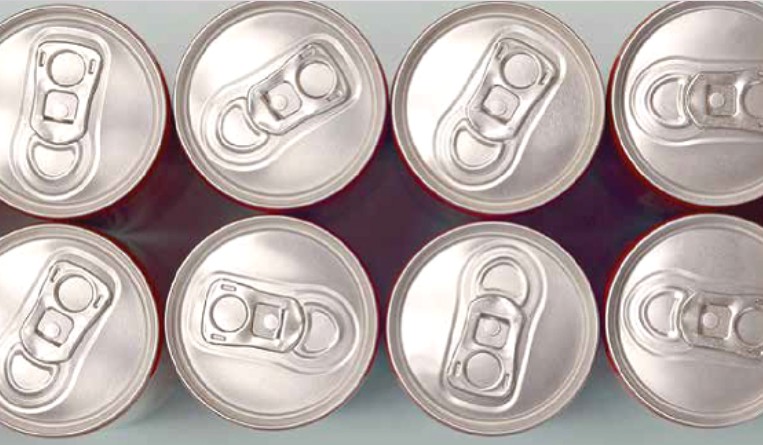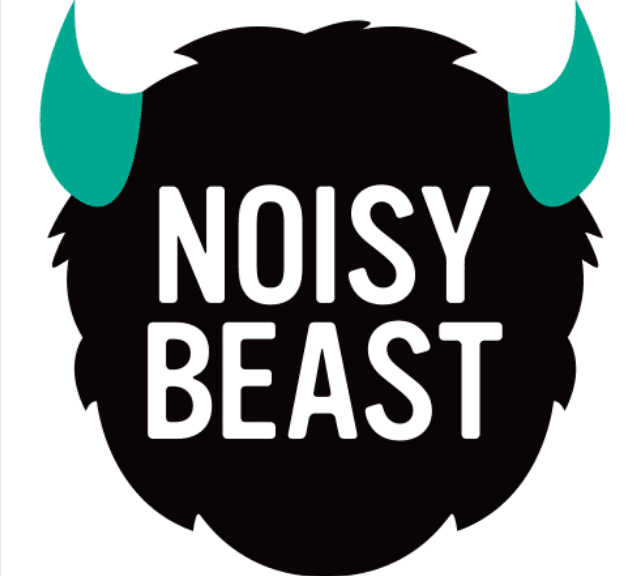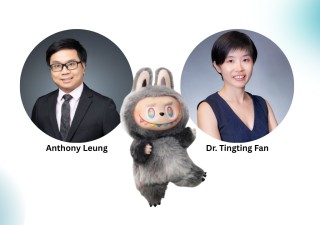In the matter of a trademark application by Health & Happiness Hong Kong Limited, and opposition thereto by Monster Energy Company
17 January 2022


The recent case of Monster Energy Company v. Health and Happiness (H&H) Hong Kong Limited [2021] SGIPOS 14 is an unsuccessful trademark opposition against Health & Happiness (H&H) Hong Kong Limited’s (the applicant) application mark (see image to the right) for several services under Class 35 by the opponent, Monster Energy Company (MEC/the opponent).
The application mark was used in relation to a communications enterprise that provided tailor-made services, including advertising and marketing. The opponent’s core business is in “Monster Energy” brand energy drinks, and is a leader in the beverage industry globally. The current opposition, however, is unrelated to Monster Energy and, instead, is related to several marks containing “beast” as an element, such as “Unleash the Beast!” and “Rehab the Beast!”.
The principal assistant registrar noted that the opponent sold energy drinks amongst other products. MEC started such proceedings due to the term “beast” in the application mark, which was at odds with the same term contained in five of its own marks that were already registered in Singapore. These included, inter alia, “Unleash the Beast!” and “Rehab the Beast!”. The allegedly conflicting marks were registered for various drinks in Classes 5, 30 and/or 32.
The principal assistant registrar had noted that the opponent had filed more than 40 actions to oppose trademark applications in Singapore, and that of the five of the filed actions that had previously proceeded to a full hearing, none were successful. Further, the principal assistant registrar also noted that the opponent had also opposed the applicant’s parallel trademark application (involving the same trademark in respect of what appears to be the same services) in South Korea, and that the Korean Intellectual Property Office had held that the marks were dissimilar.
In the present opposition in Singapore, the opponent relied on Section 8(2)(b) of the Trade Marks Act (Cap. 332), i.e. that the opposed mark was similar to an earlier trademark and is to be registered for goods or services identical with or similar to those for which the earlier trademark was protected, and that there was likelihood of confusion on the part of the public.
In his assessment, the principal assistant registrar applied the test in Staywell Hospitality Group Pty Ltd v. Starwood Hotels & Resorts Worldwide, Inc. and another and another appeal [2013] SGCA 65 (the Staywelltest). It is well-understood that the Staywelltest states that the following are to be considered sequentially:
- First, are the competing marks similar?
- Second, are the goods identical or similar?
- Third, is there a likelihood of confusion arising from (or to use the words of the section: because of) the above?
However, instead of dealing with the three steps sequentially, the principal assistant registrar tackled the second step first given that it stood out as the main sub-issue of the inquiry. Further, he stated that an important preliminary question in any given matter concerning trademarks would be to consider what good or service the application mark was sought to be registered for.
It was worth noting that the application mark concerned advertising, marketing and sales services, while none of the opponent’s prior registered trademarks was with respect to services at all. In particular, in the assessment of the similarity of goods/services, the principal assistant registrar cited British Sugar plc v. James Robertsons & Sons Ltd [1996] RPC 281 at 296-297, wherein the following factors were considered:
- The respective uses and users of the goods or services;
- The physical nature of the goods or acts of service;
- The respective trade channels through which the goods or services reach the market;
- In the case of self-serve consumer items, where in practice they are respectively found or likely to be found in supermarkets and in particular whether they are, or are likely to be, found on the same or different shelves; and
- The extent to which the respective goods or services are competitive, including how the trade classifies them. (cumulatively the British Sugar factors)
Taking the British Sugar factors into account, the principal assistant registrar noted that while there were certain specific situations where a good could be considered similar to a service, this was not the case in the matter before him. For instance, the “user” and “uses” of the respective end-products were dissimilar. The opponent’s mark related to “consumer goods”, while the application mark concerned services that companies might use. Furthermore, the character of the respective marks and their trade channels also differed. The goods covered by the opponent’s registrations would ordinarily be found in supermarkets, but the services of the applicant, an advertising company which provided an online platform for buyers and sellers, will not be found in a supermarket. The principal assistant registrar stated that it was unlikely that the users of the services of the applicant’s mark would transact with that of the opponent’s registered marks in the same context.
In rejecting the opponent’s arguments, the principal assistant registrar stated that just because the application mark had been used to promote a food product for its client, and that online portals offered services that could enable the sale of any goods and/ or services, does not mean that such services are the same as all end-products, and therefore, that the marks are similar. In particular, the principal assistant registrar clarified that an online portal that offered such services that could promote the sale of a particular product (e.g. food and beverage) differed substantially from the actual, tangible product itself. Since the second step of the Staywell test had not been met, the opposition failed.
For completeness, the principal assistant registrar also assessed the first step of the Staywell test. In the principal assistant registrar’s view, the term “beast” was the only point of similarity between the applicant’s and opponent’s marks. However, the principal assistant registrar held that the word “beast” is not distinctive, as it is an ordinary English word that does not enjoy a high degree of inherent distinctiveness, and that the distinctive character of the opponent’s trademarks needs to be looked as a whole. As such, he considered the marks to be more visually dissimilar than similar.








